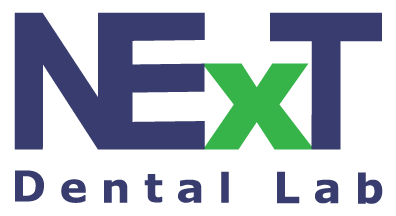A vital case begins with careful planning, where every detail matters. Diagnostic wax-ups act as the blueprint, providing clarity and direction for function and esthetics. Digital workflows have reshaped this process, offering greater precision and efficiency to meet modern demands.
Utilizing advanced tools and techniques enables dental labs to produce wax-ups that set quality and functionality standards. Here’s how to refine this key step.
Beginning with Accurate Digital Scans

Digital impressions are the foundation of any diagnostic wax-up. High-resolution intraoral scanners, such as iTero, 3Shape, or Medit, capture every contour and surface detail. This scan data serves as the reference point for designing the wax-up, ensuring it aligns with clinical requirements and patient anatomy.
Defining Case-specific Objectives
Each wax-up must reflect the unique goals of the treatment plan. Whether for full-mouth reconstruction, cosmetic enhancement, or implant placement, the desired outcomes guide the design process. Collaboration with the dental team helps clarify objectives related to occlusion, esthetics, and function.
Utilizing CAD Software for Design
Computer-aided design (CAD) software is necessary for creating precise diagnostic wax-ups. Tools like Exocad and 3Shape Dental System allow for meticulous customization of tooth morphology and occlusal alignment. Using the patient’s digital scan as a base, the software enables adjustments that meet both functional and aesthetic needs.
Integrating Functional Analysis
Functional parameters are critical to the success of a diagnostic wax-up. CAD tools offer features for simulating occlusal dynamics, including bite force distribution and jaw articulation. Incorporating these analyses into the design reduces the likelihood of clinical adjustments post-placement and enhances overall treatment predictability.
Conducting a Digital Mock-Up
A digital mock-up provides an opportunity to evaluate the design before physical production. Sharing the mock-up with the clinician allows for feedback and modifications, ensuring alignment with treatment goals. This stage is key to refining details like tooth shape, position, and proportionality.
Choosing the Appropriate Manufacturing Method
Once the design is finalized, the next step is choosing a production method. 3D printing is a popular choice due to its speed and precision. Using high-resolution printers and biocompatible materials, it creates wax-ups ideal for provisional restorations or chairside mock-ups, ensuring high-quality outcomes efficiently.
Performing Quality Control
Before delivering the final product, quality checks are conducted to verify the physical wax-up against the digital design. This includes assessing occlusion, symmetry, and surface details. Any necessary adjustments are made to ensure the wax-up meets clinical and esthetic standards.
Partner with Next Dental Lab for Precision and Savings
Excellence in diagnostic wax-ups starts with precision and ends with seamless execution. Next Dental Lab combines cutting-edge technology with industry expertise to deliver superior dental restorations. From crowns to implants and removable, our lab ensures accuracy, quality, and efficiency for every case. Transition seamlessly from traditional to digital workflows with support for all major intraoral scanners, including iTero and 3Shape.
Register your practice today to receive a $50 credit toward your first case. Simplify case submissions, reduce turnaround times, and experience unmatched savings without compromising on results. Partner with a team committed to supporting your practice’s success at every step.

